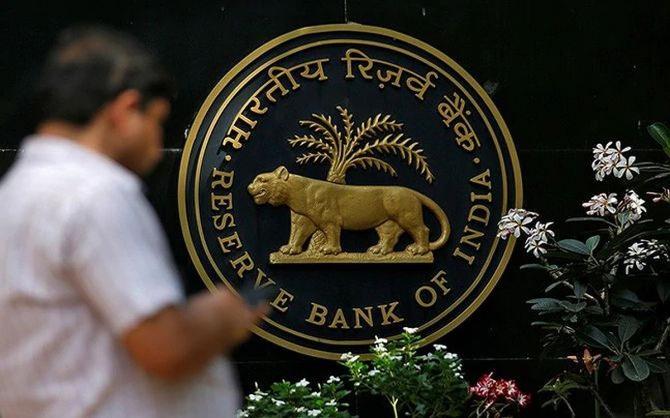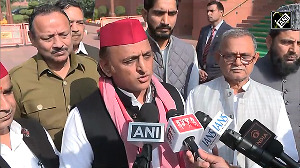The change in stance to neutral from accommodative in the June monetary policy meeting does not necessarily signal that the Reserve Bank of India’s (RBI’s) rate setting body — monetary policy committee (MPC) — will go on a prolonged pause on rate cuts going forward, believe experts.

The MPC, last week, cut the policy repo rate by 50 basis points (bps) to 5.5 per cent, surprising markets, which had largely priced in a more modest reduction of 25 bps.
Simultaneously, the RBI announced a staggered 100 bps reduction in the banks’ cash reserve ratio (CRR) requirement, bringing it down to 3 per cent of banks’ net demand and time liabilities (NDTL).
Additionally, the stance was changed from “accommodative” to “neutral” as the MPC felt that after having reduced the policy repo rate by 100 bps in quick succession since February 2025, under the current circumstances, it was left with very limited space to support growth.
Soumya Kanti Ghosh, Group Chief Economic Adviser, State Bank of India said in a report that the MPC decision to go for a relatively large cut, while changing the stance to neutral, should not be confused with a pause on future rate cuts trajectory in the medium term.
But it is rather a semblance of adopting flexible manoeuvrability on part of a conscious regulator to diligently perform a new troika — manage the yield curve and ensure adequate liquidity in the ecosystem, while renewing the pledge to keep growth sacrosanct — while being mindful of inflationary concerns.
“The current focus of RBI is to support the momentum in capital formation for more durable growth,” Ghosh said.
Explaining what “neutral” stance means, RBI Governor Sanjay Malhotra, in the post monetary policy meeting press meet, said that “neutral” means that it (rate) can go either way.
“It will depend on how the data comes in. If the growth is weaker, it can mean that it will go down.
"If the growth is good, inflation is going up, it can mean that the repo rate can go up,” he had said, adding that it (rate) will depend on how the data, both on inflation as well as growth, turns out.
Gaura Sen Gupta, Chief Economist, IDFC First Bank also agrees with the view that inflation may undershoot RBI projection, leading to more rate cuts.
“We expect the MPC to pause in August and possibly in October as well.
"However, a 25 basis point cut could be on the table in December.
"By then, the impact of the recent CRR cut would be more visible, and there would likely be greater clarity on the US Federal Reserve’s policy direction.
"Additionally, inflation may undershoot the RBI’s projections, and there could be downside risks to the central bank’s growth forecast — factors that could create room for further rate cuts,” Gupta added.
Nomura economists Aurodeep Nandi and Sonal Varma see downside risks to the RBI’s FY26 forecasts for GDP growth (6.5 per cent) and inflation (3.7 per cent).
“The hurdle for a cut at the next meeting in August is high, but we continue to expect 25bps cuts in each of October and December to a terminal rate of 5 per cent,” Nomura said.
The MPC estimates India’s gross domestic product (GDP) to grow at 6.5 per cent in FY26, with Q1 at 6.5 per cent, Q2 at 6.7 per cent, Q3 at 6.6 per cent, and Q4 at 6.3 per cent.
Additionally, CPI inflation for FY26 is projected at 3.7 per cent, with Q1 at 2.9 per cent; Q2 at 3.4 per cent; Q3 at 3.9 per cent; and Q4 at 4.4 per cent.











